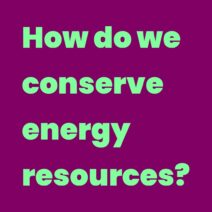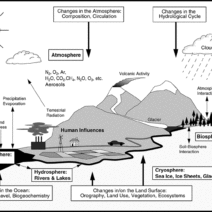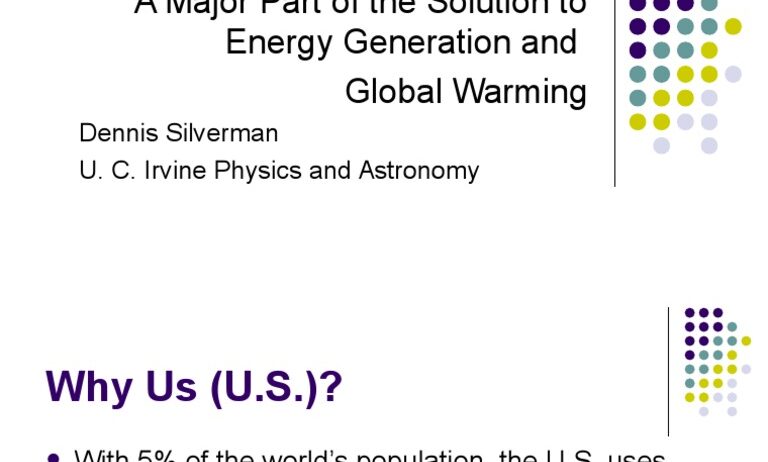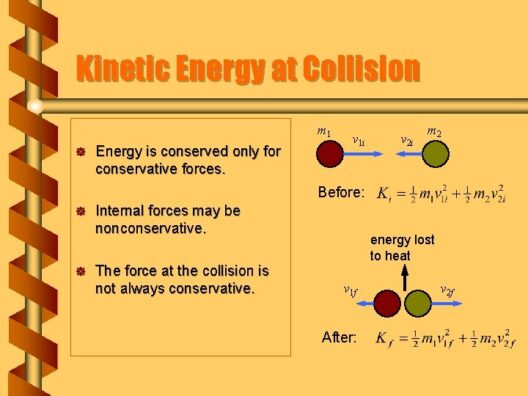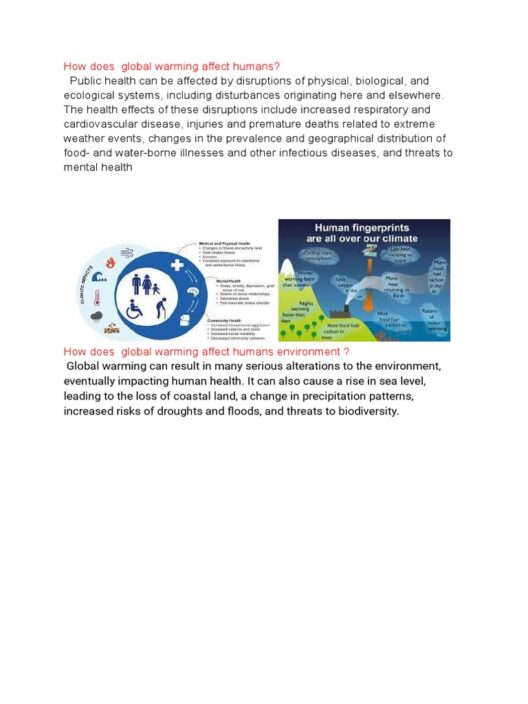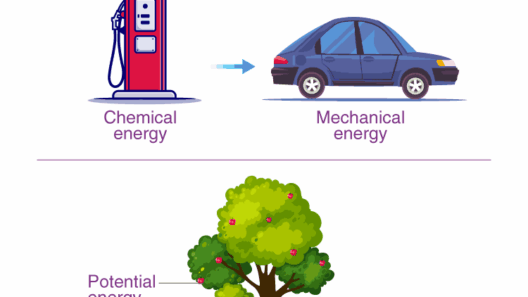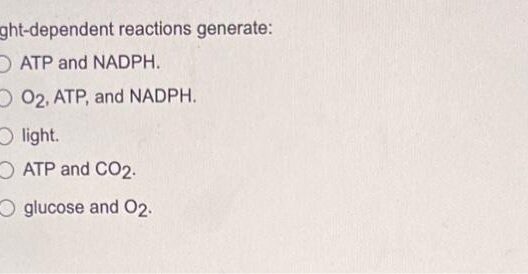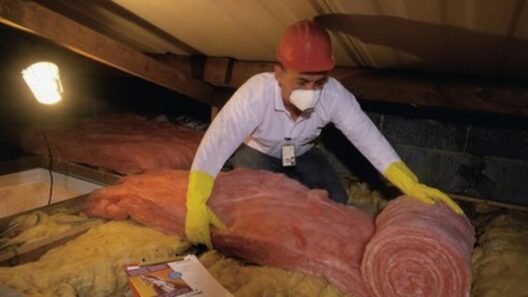In the grand tapestry of environmental sustainability, energy conservation emerges as a vibrant thread, weaving together the promise of cleaner skies and a more harmonious existence with nature. As we navigate through the complexities of climate change, the need to adopt energy-efficient practices becomes paramount. This exploration delves into the intricate relationship between energy conservation and air quality, elucidating how conscientious choices can illuminate the path to a more ecologically balanced future.
To understand the significance of energy conservation, one must first grasp the ramifications of excessive energy consumption. Every kilowatt-hour consumed often translates to emissions of greenhouse gases, primarily carbon dioxide. Fossil fuel combustion releases an array of pollutants into the atmosphere, contributing to what can be described as an overcooked climate. As these emissions accumulate, they cloud our skies, exacerbating the already pressing issues of air quality degradation and global warming.
Energy conservation is fundamentally about minimizing waste, optimizing resource usage, and transitioning towards renewable energy sources. Imagine the Earth as a vast reservoir of energy, where only a fraction of its potential is harnessed effectively. By employing energy-saving measures—be it through utilizing energy-efficient appliances, enhancing insulation in buildings, or embracing public transportation—we begin to unlock this reservoir, allowing for a more sustainable flow of energy.
The metaphor of a clearing storm aptly symbolizes the relationship between energy conservation and air quality. Just as a storm can murk the skies, excessive energy consumption cloud our atmosphere with smog and harmful pollutants. However, by adopting energy conservation practices, we can disperse those clouds, revealing azure skies and restoring our atmosphere’s purity. Each small conservation effort ripples outward, leading to significant reductions in emissions and subsequent improvements in air quality.
In many urban settings, air pollution poses a severe health risk, suffocating both people and ecosystems. Elevated levels of particulate matter and nitrogen oxides can lead to respiratory ailments, cardiovascular diseases, and even premature death. By minimizing energy demand, cities can effectively reduce the emissions from power plants and vehicles, leading to a reduction in toxic pollutants. Cleaner air translates to a healthier populace, where vibrant streets blossom with life rather than being shrouded in a choking haze.
Moreover, a comprehensive approach to energy conservation encompasses the utilization of renewable energy sources. Solar, wind, and hydroelectric power offer alternatives to fossil fuels, providing a sustainable energy supply that does not compromise air quality. When communities harness the sun’s relentless rays or the ceaseless wind, they not only conserve energy but also engage in a transformative process that shifts reliance away from pollution-generating sources. This tangible shift is akin to planting seeds in a garden; with care, these seeds can bloom into vast fields of clean energy, replacing the choking weeds of fossil fuel dependency.
The brigade of energy-efficient technologies also plays a vital role in clean skies. Advances in smart grids, energy storage solutions, and electric vehicles herald a new era in energy consumption. These innovations are akin to a symphony orchestra, where each instrument works harmoniously to create a beautiful melody rather than jarring dissonance. By integrating these technologies into our daily lives, we can significantly reduce our carbon footprint while fostering a culture of sustainability. The result is a reduction in pollutants and a joyful clear sky that inspires future generations.
Public policy and individual initiatives are equally crucial in this narrative of energy conservation and clean air. Policymakers must champion initiatives that incentivize energy-saving practices and bolster renewable energy development. Programs like tax credits for energy-efficient home improvements or grants for solar panel installations serve as catalysts for change. At the individual level, adopting eco-friendly habits, such as reducing energy usage during peak hours or participating in community clean-up events, collectively contributes to a significant decrease in pollution levels.
Furthermore, public awareness and education on the importance of energy conservation cannot be overstated. Communities must be enlightened about the potent impact that even minor changes in energy consumption can have. Analogous to a solitary drop of water causing ripples across a lake, individual efforts to conserve energy culminate in a cascading effect that can reshape our environmental landscape. Understanding the connection between energy choices and air quality lays the groundwork for societal transformation, fostering champions of sustainability who are prepared to advocate for change.
In summary, energy conservation is not merely an operational tactic but a profound paradigm shift that holds the key to cleaner skies and a healthier planet. Through collective action, innovative technologies, and committed policy efforts, society can unveil the murky atmosphere enshrouding our streets and breathe life back into our communities. Every effort made towards reducing energy consumption paves the way for crystal-clear skies, revitalized ecosystems, and ultimately, a sustainable coexistence with our planet. Just as the most brilliant dawn follows the darkest night, so too does a cleaner environment follow our concerted commitment to energy conservation.
To pursue energy conservation is to partake in a noble endeavor—one that promises not only a clearer sky but also a legacy of ecological stewardship for generations to come. Let every action, be it grand or humble, lead us towards the fresh breath of clean air and a brighter future.

